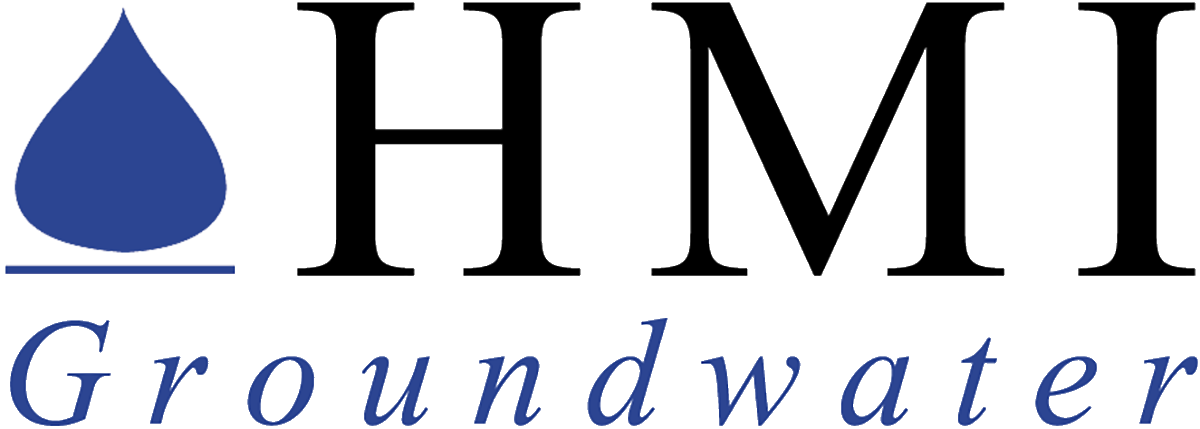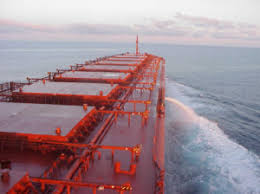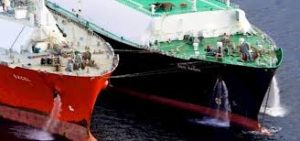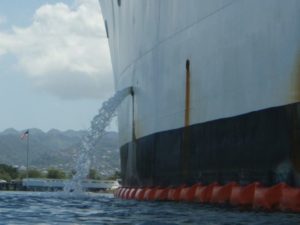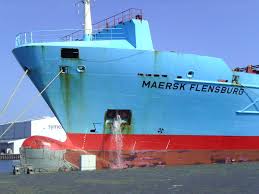The groundwater monitoring requirements for hazardous waste treatment, storage and disposal facilities (TSDFs) are just one aspect of the Resource Conservation and Recovery Act (RCRA) hazardous waste management strategy for protecting human health and the environment from accidental releases of hazardous constituents. While land disposal restrictions and unit specific standards seek to reduce the toxicity of waste and prevent releases, respectively, the groundwater monitoring requirements represent the last line of defense by ensuring that any releases are detected and remediated in a timely manner.
TSDFs that manage hazardous waste in landfills, surface impoundments, land treatment units and some waste piles (referred to as “regulated units” in the regulations) are required to implement a groundwater monitoring program to detect the release of hazardous constituents to the underlying groundwater. The regulations for permitted facilities are found at Title 40 of the Code of Federal Regulations (CFR) part 264, subpart F – Releases from Solid Waste Management Units, and the interim status regulations for facilities in operation before these rules came into effect are found at 40 CFR part 265, subpart F – Groundwater Monitoring.
The requirements for permitted and interim status TSDFs differ significantly. The major differences being:
- Interim status waste piles are not subject to the groundwater monitoring requirements.
- There are no corrective action requirements under the interim status set of regulations.
Even with these differences, the overall goal of these requirements is the same: protect the groundwater in the uppermost aquifer from contamination by the hazardous constituents managed at the TSDF.
